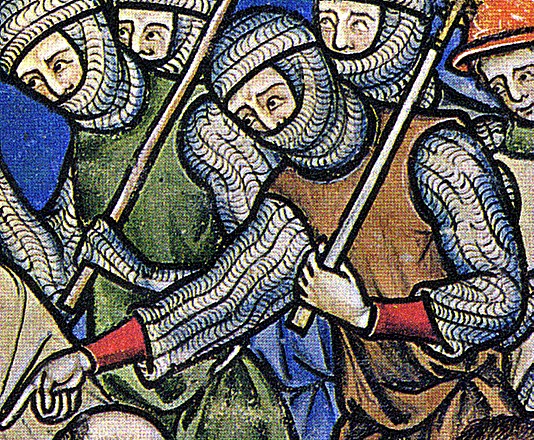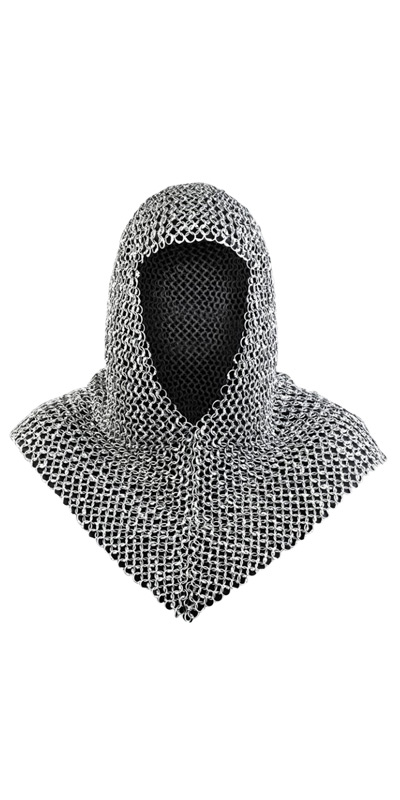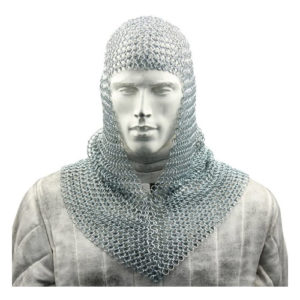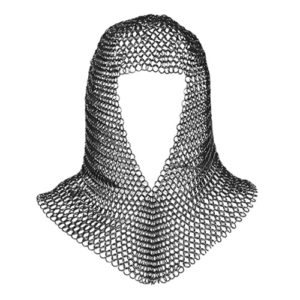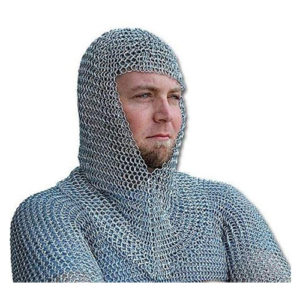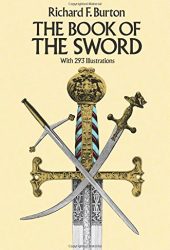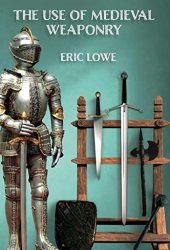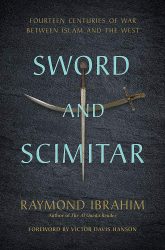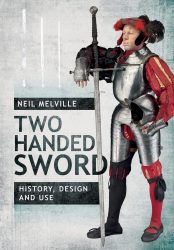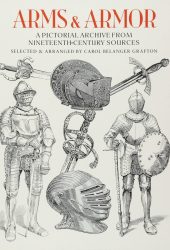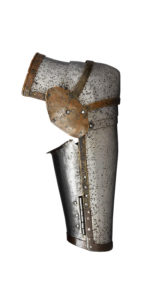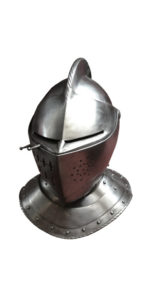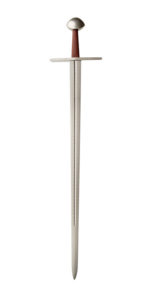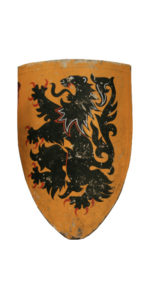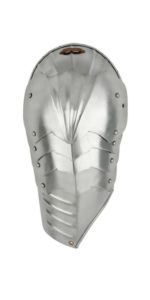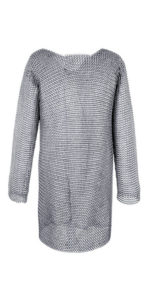The Mail Coif is a type of armour made of flexible chain mail and worn over the head. It usually extended to cover also the throat, the neck, and the top of the shoulders.
Mail coifs were popular with fighting men during medieval times. There are several examples that date back to the 10th century and were made of white linen and tied under the chin. Mail, on the other hand, dates back to the 5th Century BC.
The most common pattern for linking the rings of a mail coif is 4-to1 – where each ring is linked with four others. Although there’s no agreement on the origin of the word mail, it’s believed to be linked to macula (spot or opacity in Latin), or maillier (to hammer in French).
History of the Mail Coif
There have been examples of chain mail found in Slovakia and Romania dating back to the 3rd century BC. Its invention is commonly attributed to the Celts, although there are also examples of Etruscan art depicting the pattern mail and dating back to the 4th century BC.
Coifs, which were close-fitting caps that covered the top, back, and sides of the head, date back to the 10th century. They were worn by all classes in England and Scotland – up to the 17th century.
Chain mail came into fashion during the Middle Ages (13th century) as battlefield armour – long after the destruction of the Thracians by the Roman Empire. This type of protection was extremely popular among knights and other medieval Europe brawlers.
By the late 15th century, the aventail (a curtain of mail attached to the skull of a helmet) had replaced the mail coif completely.
Constructing and Wearing a Mail Coif
Mail coifs were mostly created using the 4-to-1 pattern (each ring is linked with four others). Initially, the rings would be riveted closed or alternated rows of round riveted and solid rings. This was done in order to reduce the chance of the rings splitting open when under attack. By the 14th century, mail makers from Europe stopped using solid rings and changed to wedge riveted ones only, with no solid rings.
Most coifs seem to have been worn with a padded hood or arming cap. The Morgan bible apparently shows such padding, and were possibly laced i norder to keep them in place.
Coifs in Medieval Manuscripts
